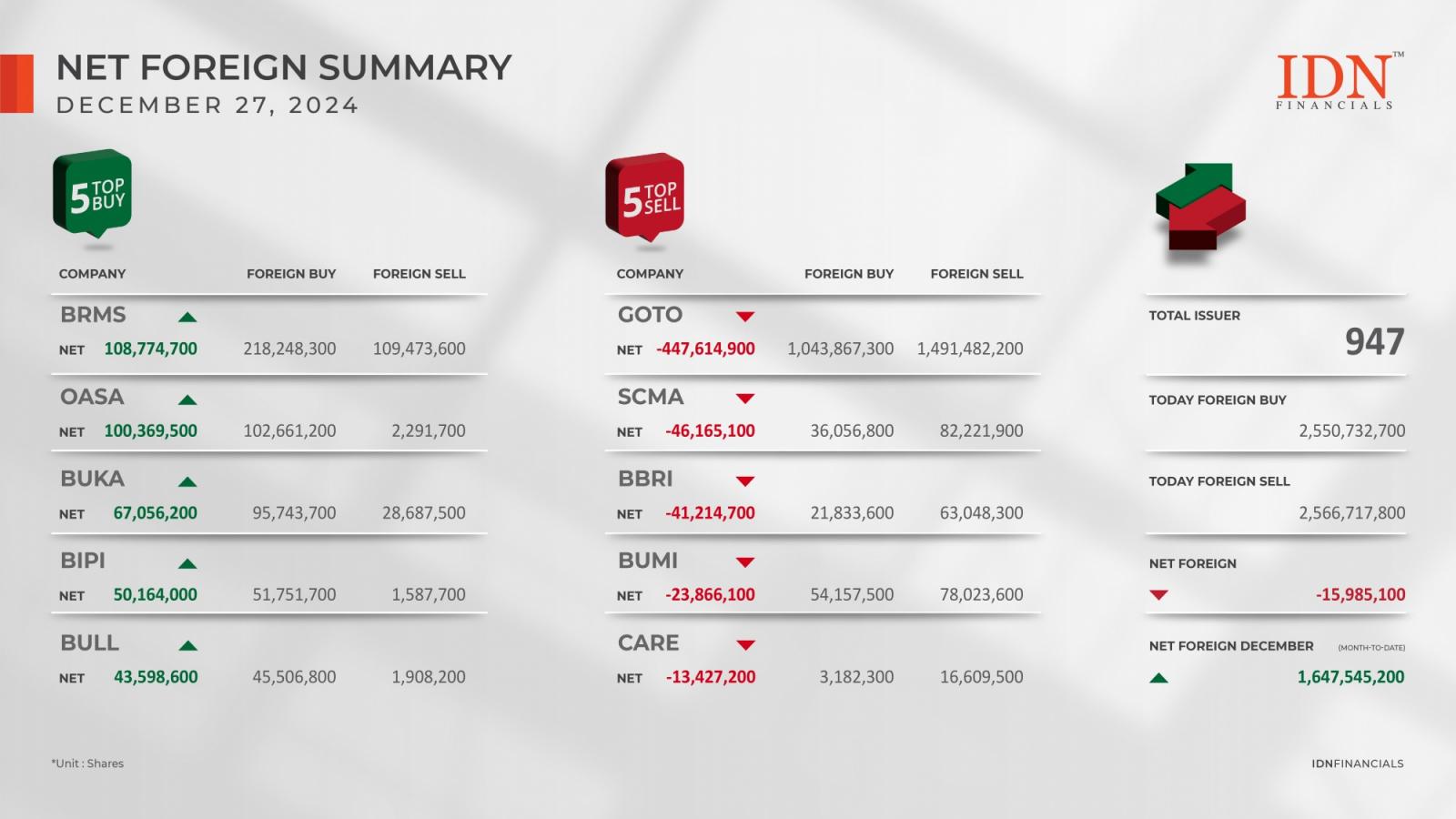
The U.S. dollar extended recent weakness during the Asian and European sessions on Tuesday, but recovered slowly and managed to score gains against most of its major counterparts by the end of the day.
The dollar slipped earlier in the day with investors turning cautious, looking ahead to some key U.S. economic data, including the PCE-based inflation readings, and Fed Chair Jerome Powell\'s speech due later in the week.
In economic releases today, a report from the Commerce Department showed durable goods orders jumped by 1.4% in February after plummeting by a revised 6.9% in January.
Economists had expected durable goods orders to shoot up by 1.3% compared to the 6.2% slump that had been reported for the previous month.
Orders for transportation equipment led the way higher, surging by 3.3% in February after plunging by 18.3% in January, the report showed.
Meanwhile, the Conference Board released a separate report showing a slight deterioration in U.S. consumer confidence in the month of March.
The Conference Board said its consumer confidence index slipped to 104.7 in March from a downwardly revised 104.8 in February. Economists had expected the consumer confidence index to come in unchanged compared to the 106.7 originally reported for the previous month.
The dollar index, which slid to 104.01 in the European session, rallied to 104.34, gaining about 0.11%.
Against the Euro, the dollar firmed to 1.0831 after having weakened to 1.0866 earlier. Against Pound Sterling, it edged higher marginally to 1.2627.
The dollar strengthened against the Japanese currency, fetching 151.57 yen a unit, rising from 151.21 yen. The Aussie was down slightly at US$0.6532.
The dollar firmed against Swiss franc, fetching CHF0.9041 a unit, and pared its losses against the Loonie, recovering to C$1.3587 from C$1.3553.





